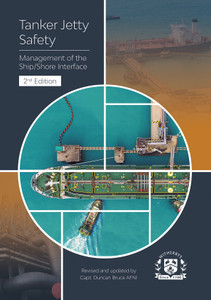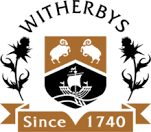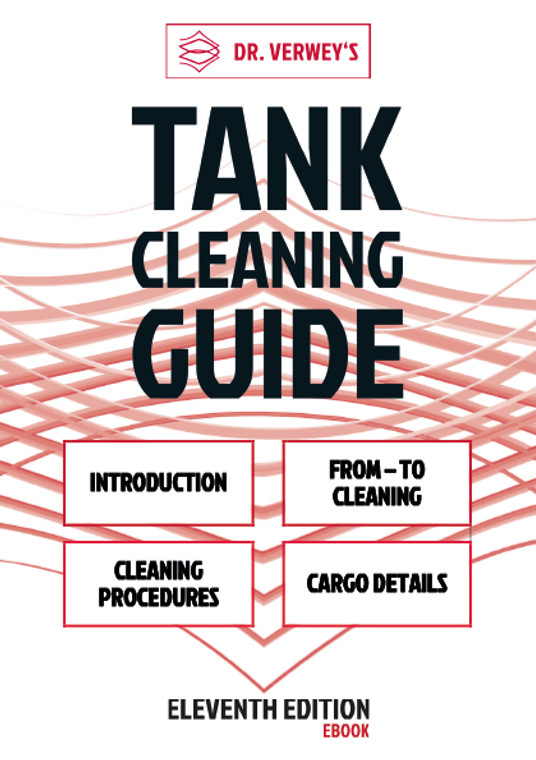
This guide outlines procedures for the cleaning of cargo tanks on chemical and petroleum tankers. It contains a tank cleaning cross table providing procedures for some 170 000 previous to next cargo combinations.
It also contains a compact cargo overview, including physical properties and acceptances for FOSFA, NIOP and EU.
The connect eBook version of Dr Verwey’s Tank Cleaning Guide 11th Edition has been designed for screen use, making the content of the guide more accessible.
For a demo of the eBook, click here.
Dr Verwey’s Tank Cleaning guide contains cleaning proposals for frequently shipped bulk liquid cargoes. This comprises noxious cargoes regulated by Annex II as well as oil cargoes regulated by Annex I of the MARPOL convention. The cleaning of Annex II cargoes is often very difficult, as the subsequent cargoes usually have different chemical properties than the cargo to be cleaned and the cargo to be loaded often has extremely high purity requirements (Ultra High Purity Cargoes).
In the shipping of Clean and Dirty Petroleum Products (CPP and DPP), the cargoes differ little in terms of their chemical properties and complicated cleaning is less common than in chemical shipping. However, there are many exceptions to this rule because some cargoes in this trade also have high purity requirements. Examples include aircraft fuel or fuels with very low sulphur content. A particular difficulty arises when it is necessary to switch from Black cargoes to clean cargoes (DPP to CPP).
Verwey provides reliable recommendations for all cleaning tasks.
Verwey provides reliable recommendations for all cleaning tasks.
The facts and information you find are collected from a global network of cleaning experts and feedback on procedures that were received from many shipping companies.
We invite you to send any information, suggestions or constructive criticisms to enable us to keep this book up-to-date and to increase its scope.
Please send them to e-mail: support@drverweytcg.com
Our suggestions are merely a blueprint, although well thought out and should not overrule better knowledge and experience. Often several different cleaning procedures will lead to the desired result.
Whilst both the advice and information in this book are believed to be true and accurate at the date of publication, ChemServe GmbH cannot accept any legal responsibility for any errors or omissions that may be made.
ChemServe GmbH shall assume no warranty and no liability in context with any use of this publication.
Statutory tank washing requirements according to MARPOL Annex I and Annex II are not included in the cleaning procedures. All applicable pollution prevention steps according to MARPOL must be executed prior to tank cleaning.
If the cargo to be cleaned has a flash point of less than 60°C, the ROB (remaining on board) could create a flammable atmosphere inside the cargo tank. Therefore, before commencing tank cleaning, in accordance with the cleaning procedures in this guide, the cargo tank atmosphere must be either inert (Oxygen concentration below 8%), or the cargo vapour concentration must be so low that the LFL is below 10%. The applicable procedures can be found in ISGOTT or CTSG.
Whenever procedures or activities recommended in this guide appear to conflict statutory and industry guidelines such as MARPOL, SOLAS, ISGOTT, CTSG, etc. the statutory and industry guidelines must always take priority.
The cargoes in this guide have been selected from the products listed in the IBC-Code and in the HM (Hydrocarbon Management) 50 Guidelines of the Energy Institute.
Part 1: Introduction and Tank Cleaning Knowledge
Introduction
How to use the FROM – TO cleaning
Planning of tank cleaning
Physical properties of the cargoes
Cargo Characteristics
Required cleanliness standard of the cargo to be loaded (next cargo)
Available Equipment
Surrounding Conditions
Pipelines, Valves etc.
Tank Cleaning Recipe
Method description
Additional methods not mentioned in cleaning procedures
Cleaning additives
Coating
MARPOL
Tank Inspection and Testing
Wall Wash Procedure
Wall Wash Tests
Safety
Abbreviations
Part 2: FROM – TO cleaning and Cargo Details
FROM – TO cleaning
Cleaning Procedures
Cargo Details
ChemServe is a service company specialising in publications and software for the marine industry.
ChemServe is the company behind Dr Verwey's Tank Cleaning Guide, the standard reference book for tank cleaning, the internationally renowned tank cleaning software ChemServe Miracle and the professional fleet management system ChemServe 3D.
ChemServe's specialised team combines more than twenty years of experience in the shipping industry with innovative technical solutions for its customers.
The company is based in the area around Hamburg, Germany.
- Number of Pages:
- 587
- Published Date:
- September 2022
- Book Height:
- 300 mm
- Book Width:
- 210 mm
- Author:
ChemServe GmbH
- Weight:
- 2.2 kg
- Preview:
- Yes
- Publication Date:
- September 2022
 Witherbys.com
Witherbys.com





